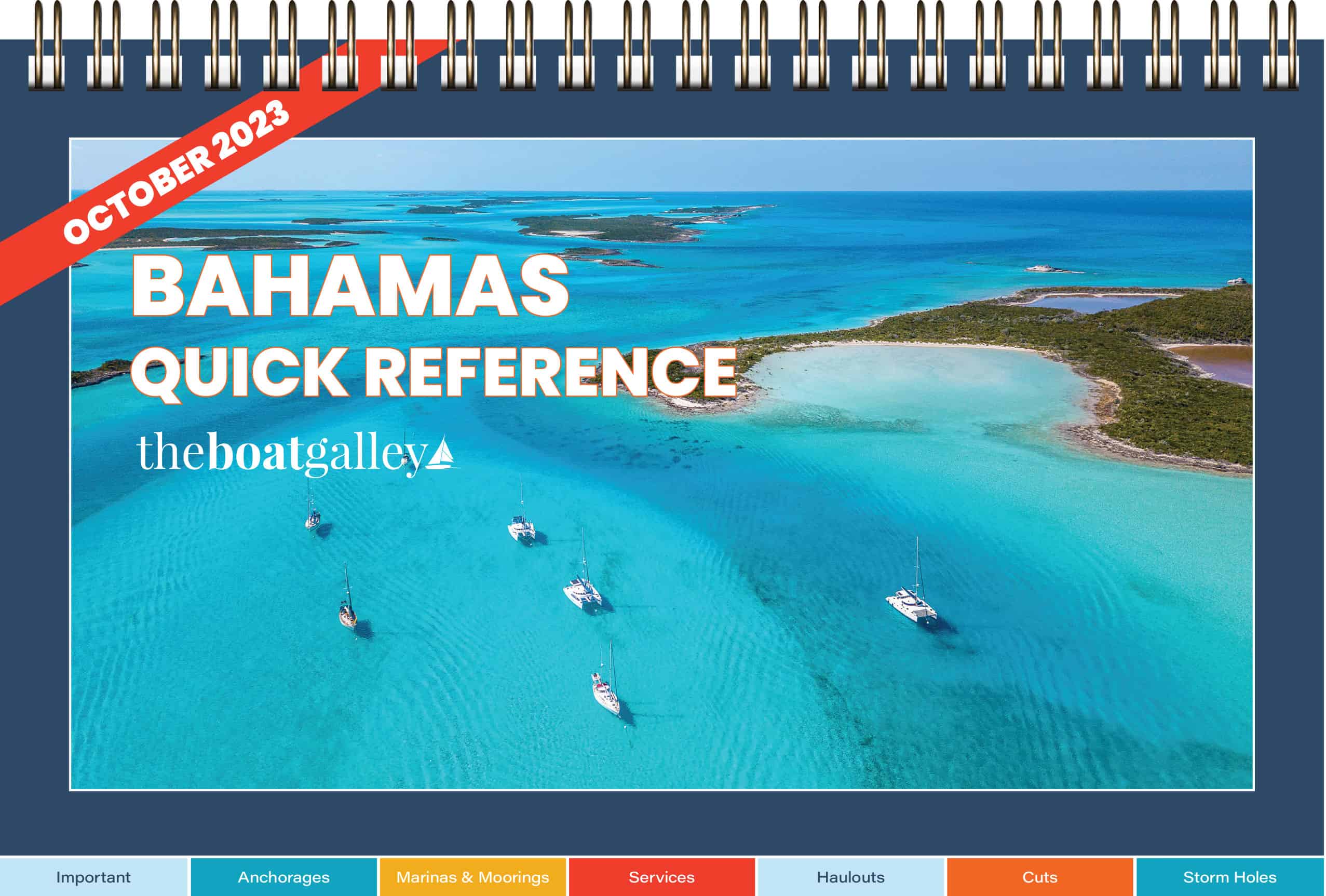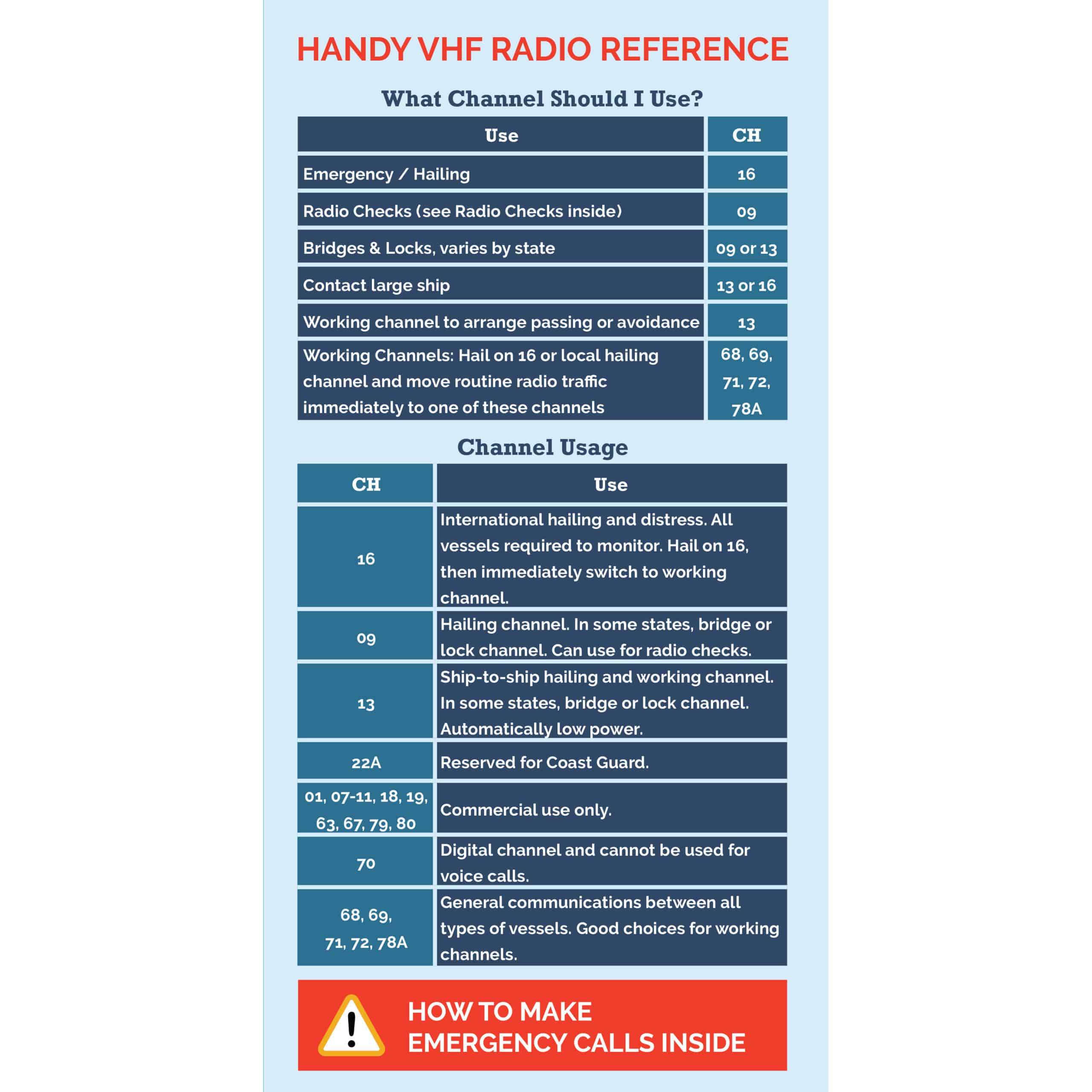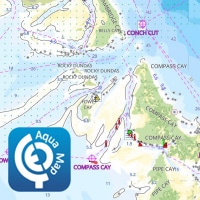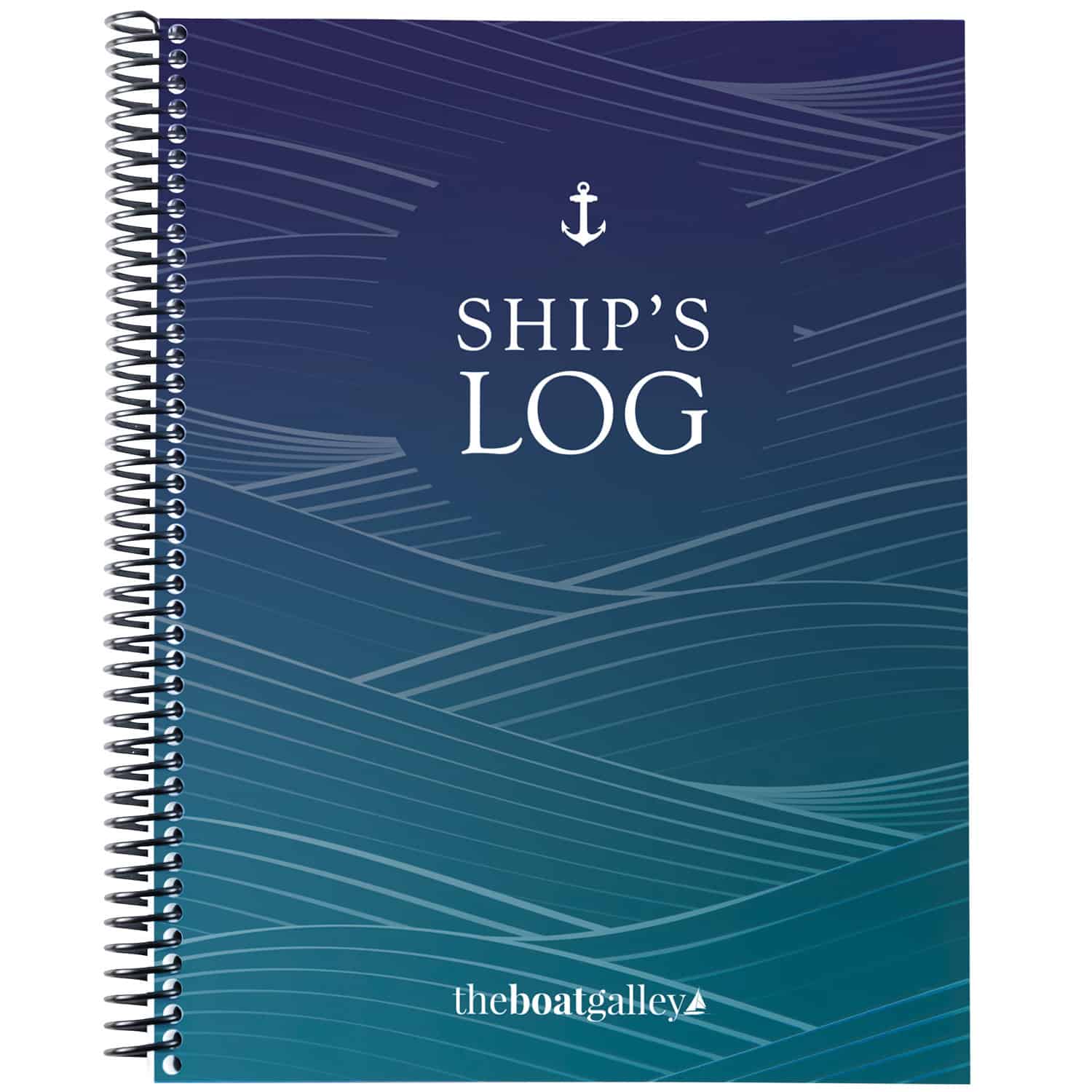It took thirteen years, but we eventually experienced getting a tow for our cruising boat. Well, we had two firsts that week–not only our first tow but our first ground as well.
What Happened
The grounding was 100% my fault. We were coming through a very narrow channel – there’s 15 feet of water in the channel, but less than 3 outside it. We’ve been through it three times before with no problems. But this time we came through right at low tide. Wind was on the nose, so we were motoring.
I lost concentration for just a second and dragged our centerboard and rudders in the mud. We quickly popped them up and I was able to back off. Whew.
Just then, our engine temperature shot up to its max reading. Dave dropped the anchor and I shut the engine down.
Why Engine Overheated?
The three most likely causes of sudden, severe overheating are an engine water intake blockage, breaking the alternator belt (which also turns the raw water pump), and a broken pump impeller.
A quick check showed the alternator belt was fine.
We’d motored through some floating grass mats, so we next checked to see if the sea strainer was plugged. There was a little grass in it but not enough to stop the water flow. Dave then discovered that absolutely no water was flowing through the seacock. He tried to dislodge the blockage from inside the boat but couldn’t.
I wanted to jump in and try to clear the blockage from the outside. However, the current was ripping through the narrow channel. I thought I’d be safe holding a line from the bow and tying it around my waist in case I lost my grip. Dave simply wasn’t comfortable with me getting in the water. He wanted a tow. We talked about trying to side-tie our dinghy, but with the speed of the current and the narrowness of the channel we both thought it could cause more problems.
We have a rule that when we disagree on a course of action, we go with the safer or more conservative alternative. That meant getting a tow.
Where to Get Towed To
The next question was where to get towed. The nearest safe anchorage or back to our mooring ball? Dave was afraid that we’d damaged the engine and would need help even after clearing it, and so preferred to go all the way back to our mooring ball. Again, that rule of going with the more conservative choice dictated we go back to Boot Key Harbor.
The next morning, back on our mooring ball, I found a huge wad of grass in the engine water intake and got it out. Dave and his best friend, a mechanic, checked to see that we hadn’t burned up the impeller when the engine overheated and it was fine. However, they did discover that the high temperature had thinned the engine oil and allowed it to leak from the rocker arm cover, so did a quick repair with some gasket maker. And they topped up the coolant since we’d lost some with the extreme heat. Started up the engine and she ran perfectly with no overheating.
If you’re in an area with towing services, having towing insurance really pays off. Both Sea Tow and BoatUS have good plans in the US — which is better depends on where you are. Our choice is BoatUS; an unlimited gold membership costs $215 a year. Our tow would have cost $1625 without insurance, probably more today.
Be sure to subscribe to The Boat Galley newsletter to keep up with what we’re up to and get helpful tips and encouragement from the water.
Related Posts

Quickly find anchorages, services, bridges, and more with our topic-focused, easy-to-use waterproof guides. Covering the ICW, Bahamas, Florida, and Chesapeake.
Explore All Guides

Carolyn Shearlock has lived aboard full-time for 17 years, splitting her time between a Tayana 37 monohull and a Gemini 105 catamaran. She’s cruised over 14,000 miles, from Pacific Mexico and Central America to Florida and the Bahamas, gaining firsthand experience with the joys and challenges of life on the water.
Through The Boat Galley, Carolyn has helped thousands of people explore, prepare for, and enjoy life afloat. She shares her expertise as an instructor at Cruisers University, in leading boating publications, and through her bestselling book, The Boat Galley Cookbook. She is passionate about helping others embark on their liveaboard journey—making life on the water simpler, safer, and more enjoyable.











Leave a Reply